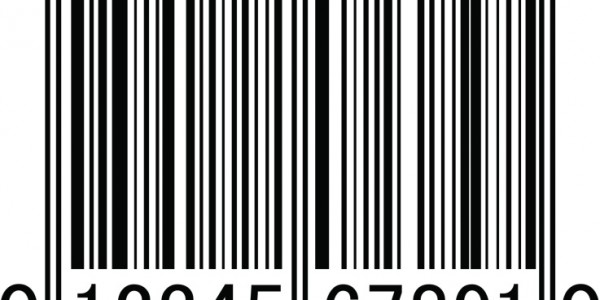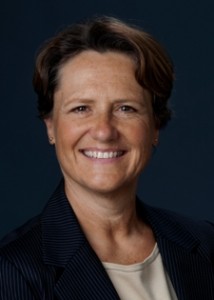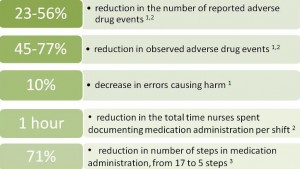Closed Loop Medication Management for the safety win
“Clinical & Systems Transformation is our chance to have an integrated health information system, as opposed to the hodge-podge of systems we have at the moment. We need to meet the challenge of transferring health information across sites and sectors,” states Fruzsina Pataky, one of the directors of pharmacy at LMC.
Fruzsina is particularly excited that CST will introduce closed loop medication management.
What is closed loop medication management?
It’s a fully electronic medication management process, in which all relevant information is documented seamlessly.
“All the steps of the medication cycle are supported electronically – ordering, verifying, preparing and administering – with decision support where relevant. So it’s all about safety,” explains Fruzsina. “Closed loop medication management requires four things: an active medication order; an electronically-identified provider (nurse); a bar-coded drug; and an electronically-identified patient.”
Care providers will enter orders directly into the computer, so they’re transmitted directly to the pharmacy for verification and dispensing.
“At the pharmacy end, we’ll break down medications into single doses, which are bar-coded. We won’t have bottles of medicines anymore; we’ll have individual, pre-measured doses,” says Fruzsina.
Most patients will also have bar-codes on their armbands. Each medication order will be linked to the patient’s bar-code and the medication bar-code. This is to make sure that the right patient gets the right dose of the right medication, at the right time and by the right route (oral, IV, etc.). Scanning the bar-codes will result in the right documentation being entered into the clinical information system.
How else does it help patients?
“No more legibility issues,” replies Fruzsina immediately. “Deciphering handwriting in the paper-based system is a huge issue for us. Also, there’ll be reduced turnaround. At the moment, the medication order sits in a chart until it is faxed, and can sit on fax machines or desks until it’s picked up and processed. Closed loop medication management means clinicians will be able to receive and review orders online. Again, it’s the patient who ultimately benefits.”
Did you know?
Studies have shown that after introducing closed loop medication management or bar-coded medication administration, there was a:
1. http://healthit.ahrq.gov/ahrq-funded-projects/medication-management-closed-computerized-loop
2. http://www.gehealthcare.com/usen/hit/docs/WakeForest_ClosedLoopMed_4.pdf
3. Microsoft, Closing the Loop in Medication Management: Why an integrated, closed-loop solution is vital for hospitals, April 2009
Background information
• Clinical & Systems Transformation (CST) is a joint initiative of VCH, PHSA and PHC, and one of the largest and most complex healthcare projects in Canada. It spans across several areas of the continuum of care including: acute care inpatient and outpatient units, ambulatory care and residential care. As well as creating consistent, leading practices, and a shared clinical information system, CST will deliver HIMSS Level 5 functionality.
• Clinical design teams, made up of hundreds of highly-skilled, multi-disciplinary professionals from across the three Health Organizations and Team IBM, started work on April 7, 2014. These teams are tasked with designing our future workflows, based on leading practices. In doing so they are defining the requirements for our new clinical information system.
Visit CSTproject.ca for more information and regular updates, and to submit suggestions for future articles. If you have questions or feedback please email info@CSTproject.ca or contact Kelle Payne, CST Executive Director and Transformation Lead, VCH (Joint) at Kelle.Payne@vch.ca, or Donna Stanton, CST Executive Director and Transformation Lead, VCH (Joint) at Donna.Stanton@vch.ca.
See also What is Clinical & Systems Transformation Trying to Achieve? – Part 1, Information at your Fingertips: What is Clinical & Systems Transformation Trying to Achieve? – Part 2 and Faster, Clearer, Safer Orders: What is Clinical & Systems Transformation Trying to Achieve? – Part 3.



